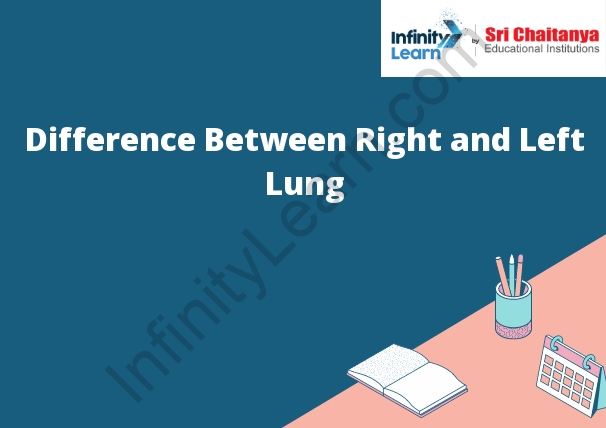Table of Contents
Introduction to Lungs
The lungs are a pair of organs in the chest that are responsible for breathing. The lungs are filled with air, and when you breathe in, the air enters the lungs and spreads through the air sacs. When you breathe out, the air leaves the lungs and goes back out into the air. Difference Between Right and Left Lung.
The lungs are important for breathing, but they also play a role in the immune system. The lungs are covered in tiny hairs called cilia, which help to keep the lungs clean. The lungs also produce a substance called surfactant, which helps to keep the lungs open.
The lungs are important for getting oxygen into the body, and they also help to get rid of carbon dioxide. The lungs are connected to the heart, and the heart pumps blood through the lungs. The blood picks up oxygen in the lungs, and then the blood goes back to the heart and is pumped out to the rest of the body.
The lungs are an important organ, and they play a critical role in the body.

Difference Between Right and Left Lung
The right lung is larger than the left lung. The right lung has three lobes, while the left lung has two lobes. The right lung is also higher in the chest than the left lung.
Overview of Lungs
The lungs are a pair of organs in the chest that are responsible for breathing. The lungs are enclosed in a membranous sac called the pleura. The pleura is the site of lung infection and inflammation in pneumonitis and pleurisy.
The lungs are composed of many lobes. The right lung has three lobes and the left lung has two lobes. The lobes are divided into smaller segments called bronchi. The bronchi are divided into even smaller segments called bronchioles. The bronchioles terminate in small air sacs called alveoli.
The alveoli are the sites of gas exchange. The alveoli are surrounded by capillaries. The capillaries are the sites of oxygen and carbon dioxide exchange.
The lungs are innervated by the vagus nerve. The vagus nerve sends sensory information to the brain about the lungs. The brain sends motor information to the lungs to control breathing.
The lungs are a vital organ. The lungs provide oxygen to the body and remove carbon dioxide from the body. The lungs are also responsible for the regulation of pH balance in the body.





